Earlier this week, gold prices fell slightly, believed to be due to the strong USD and the US economic situation showing that the US Federal Reserve (Fed) is unlikely to cut interest rates next November.
Sky-high gold prices cause market turmoil and investor anxiety
However, the gold price as of yesterday (October 8) was still close to the peak of 2,650 USD/ounce. At the current level, the gold price has increased by 45.93% within 1 year and if only counting the past 1 month, the gold price has increased by about 6.8%. Throughout the past year, the gold price has continuously broken peaks and set records such as 2,550, 2,600 and 2,650, at times even nearly reaching 2,700 USD/ounce.
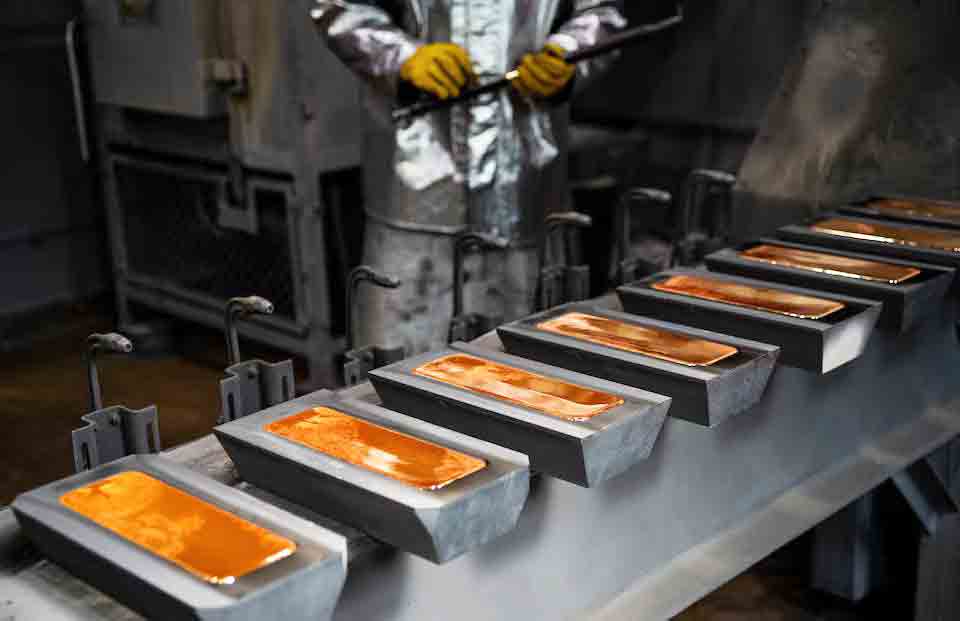
Casting 9999 gold bars at a factory in Russia (photo taken on May 23)
However, this may not be the peak of gold prices. Reuters quoted Mr. Peter A. Grant, Vice President and Senior Strategist at Zaner Metals - a company specializing in providing investment services, as saying: "The strength of the US dollar is a short-term headwind at this time, preventing a new all-time high for gold. But I still see the short-term potential for gold prices to reach $2,700 and a long-term target of $3,000/ounce due to safe-haven demand from geopolitical tensions and political instability, especially as the US election approaches."
Similarly, recently, Newsweek also quoted an investment expert predicting: "In March, the price of gold reached 2,070 USD/ounce and over the past 6 months, despite some declines, the price of gold has continued to increase. When I saw the price of gold reach 2,600 USD/ounce, I thought it would reach 2,800 USD/ounce by the end of this year. But with what is happening, the price of gold could even reach 3,000 USD/ounce this year."
Unstoppable growth?
Assessing the gold price in the coming time, Market Watch yesterday quoted analysts saying that the increase will not last forever. Accordingly, the gold price is still increasing based on expectations of the recovery of the Chinese economy and the Fed will soon cut the operating interest rate. Now, both of the above factors are unlikely to happen, so the increase in gold price may be stopped.
However, many analyses also show that the "motivators" that push gold prices higher continue. Specifically, geopolitical instability is still increasing, such as conflicts in the Middle East or Ukraine. In particular, conflicts in the Middle East are showing signs of increasing without any positive signals for ceasefire agreements. In the short term, the US election is entering its final stages and the results are difficult to predict, and this becomes a factor that can push gold prices higher.
In the long term, the separation of the global economy, notably the US-China trade conflict as well as Europe's increasing barriers to Chinese goods, also pushed gold prices higher. Also in the separation of the economy, the BRICS bloc (a group of emerging economies) is adding more members while promoting the trend of reducing dependence on the USD in payments, making gold a "favorite item" in reserves during the transition period of the "de-dollarization" process.
The above factors are all catalysts that can make the gold price continue to increase. However, all investment resources and the increase in price will have limits and it is very difficult to predict the peak of the gold price. Therefore, many people who continue to believe in the trend of increasing gold prices and then pour money into buying may fall into the situation of "not being able to get out in time" leading to significant losses, especially in the context of gold prices being too high as it is now.
China has not yet had any more economic stimulus measures.
The South China Morning Post reported yesterday (October 8), Chairman of the National Development and Reform Commission (NDRC) Zheng Cejie and several deputies held a press conference on the country's economic situation. Although the chairpersons of the press conference gave optimistic comments on the Chinese economy, they did not announce additional economic stimulus measures. This disappointed observers and investors in the context of China's economy still facing many difficulties.
On the same day, Prime Minister Li Qiang, along with Mr. Phan Cong Thang, head of the People's Bank of China (which acts as the central bank), and Chairman of the Securities Regulatory Commission Wu Qing of China held two consecutive conferences on macroeconomics. Although information about the conferences has not been announced, observers expect that China has discussed to soon have more economic stimulus measures.
Source: https://thanhnien.vn/phap-phong-cung-gia-vang-the-gioi-185241008222447824.htm






![[Photo] Opening of the 13th Conference of the 13th Party Central Committee](https://vphoto.vietnam.vn/thumb/1200x675/vietnam/resource/IMAGE/2025/10/6/d4b269e6c4b64696af775925cb608560)



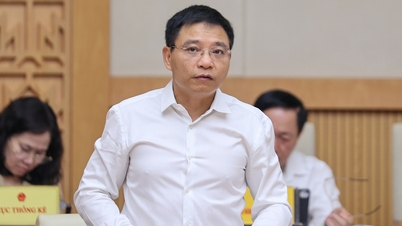

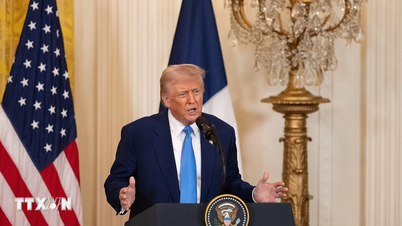







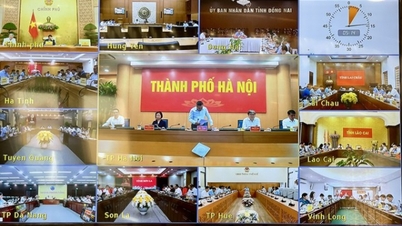
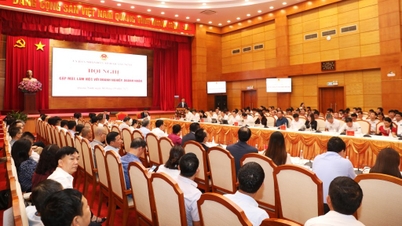
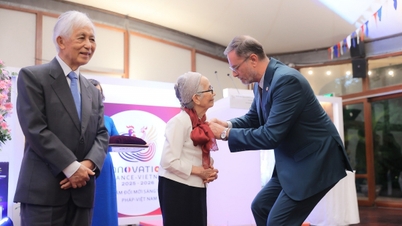
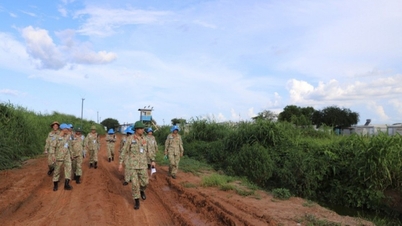







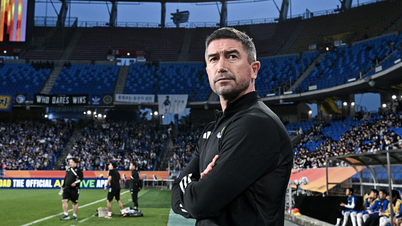




![[Photo] Prime Minister Pham Minh Chinh chairs the Government's online conference with localities](https://vphoto.vietnam.vn/thumb/1200x675/vietnam/resource/IMAGE/2025/10/5/264793cfb4404c63a701d235ff43e1bd)





























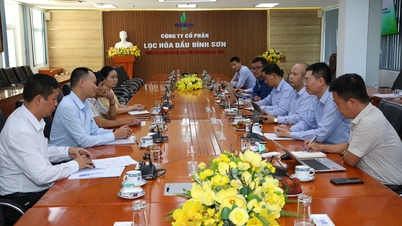


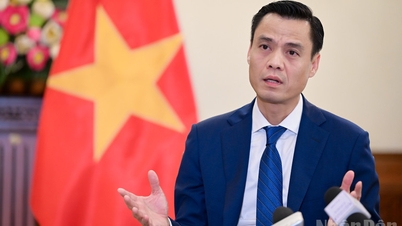

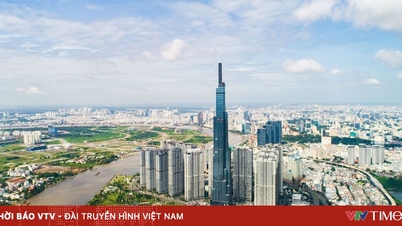






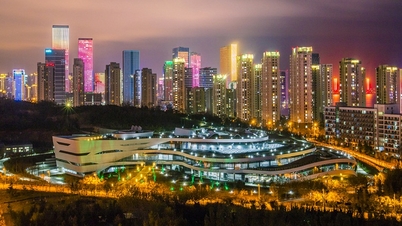
























Comment (0)